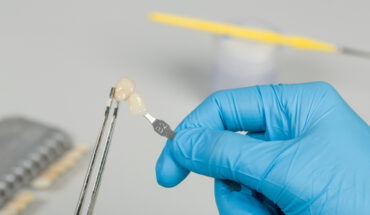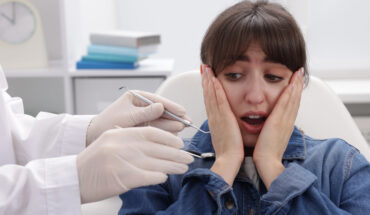
Human teeth are the most complicated organ of the human body. Teeth can reveal our journey of evolution on the planet even after centuries. When a tooth is formed, elements from food and water like oxygen, nitrogen, and carbon are comprised. The existence of these chemical traces reveals from where the food was grown and consumed. In different cultures around the world, people’s teeth tell from where they have migrated. We used to often think of ancient people as static, but the fact is, people have always been mobile, moving from one part of the place to another.
Unlike bones that generate through the body, the teeth cells do not generate new cells. First, molar teeth form and are set during infancy. The wisdom tooth contains a detailed diary of what adult eats and from where their food originates. A mouthful of teeth can provide us with sufficient information from where a person lived, between birth and burial of them.
It is an exciting journey for dentists to understand teeth and their functionality. People have spent years studying and analyzing tooth responsibilities and the origin of tooth decay in the mouth. Mapping of the human teeth refers to the detailed checklist followed by the dental professional to understand the health condition of the teeth and gums. It also creates an awareness of how strong our teeth are and steps to maintain the shine and strength of our teeth. Even dentists in remote locations like Stafford Heights in Queensland are up with this news.
How mapping helps:
The periodical chats prepared by the professional help their patient to have a regular dental check-up for any decayed tooth or bleeding gum, which, if ignored, can create a problem later. When we sit on the chair in front of the dentist, we often hear them talking to the staff about particular things, which confuse us—some simple facts to understanding the terms dentists use when they check our teeth.
When we visit the dentist, they split our mouth into four quadrants, two half on the right side and the other two half on the left side. The next part they move towards is the gums, one of the most frequently discussed issues discussed by the dentists. The gap between your teeth and gums defines the severity of the gums in the mouth. If there is a gap between one millimeter to three millimeters, you have healthy gums, and you must take good care of the gums. This will give dentists something new to market on their social media and websites
Often these gaps get dissolved by our frequent visits for teeth cleaning, and when gums start to bleed easily, that’s the early sign of warning that the teeth need good care. Worry starts when the gap is more than 5 millimeters, which requires deep cleaning that removes the dirt in the gap between the teeth and the gum. There are other potential reasons for gum bleeding.
Conclusion: So now that we understand the mapping of our teeth, it will be easy for us to understand during our dental visit, and we are less worried as our teeth are under the guidance of professional dentists, and with their help, we can get our dental issues fixed.




